Dorothea Lange
"One should really use the camera as though tomorrow you'd be stricken blind."
Dorothea Lange is a renowned American documentary photographer whose powerful images captured the human face of the Great Depression, World War II, and other significant events in American history. Her photographs not only helped to define the documentary photography genre but also played a crucial role in shaping public perception and government policy.
Early Life and Career
Dorothea Lange was born on May 26, 1895, in Hoboken, New Jersey. At a young age, she faced adversity, including contracting polio, which left her with a permanent limp. This experience would later influence her empathetic approach to her subjects.
Lange studied photography at the New York Training School for Teachers and then at Columbia University. In 1918, she moved to San Francisco, where she opened a successful portrait studio. Her life took a dramatic turn during the Great Depression when she decided to focus on documentary photography.
Photographic Style and Techniques
Lange's documentary photography was characterized by her ability to capture the human experience and evoke empathy in her viewers. She often used a large-format camera and preferred natural lighting to create a sense of intimacy and realism in her images.
Her compositions were carefully thought out, and she would often spend time getting to know her subjects, allowing her to create a deeper connection with them. This approach enabled Lange to capture the raw emotion and dignity of the people she photographed.
Career Highlights
In the 1930s, Lange began working for the Resettlement Administration (later the Farm Security Administration), documenting the lives of migrant workers and displaced families during the Great Depression. Her most famous photograph, "Migrant Mother," taken in 1936, became an iconic image of the era.
During World War II, Lange was hired by the War Relocation Authority to document the internment of Japanese Americans. Her photographs, which portrayed the unjust treatment of these citizens, were censored by the US government at the time and only released decades later.
Photography Gear
Throughout her career, Lange primarily used large-format cameras, such as the Graflex Series D, which allowed her to capture high-quality images with a great level of detail. She also occasionally used smaller format cameras like the Rolleiflex.
Photography Books
"Dorothea Lange: Words & Pictures" combines Lange's powerful photographs with her own words, offering readers an intimate understanding of her approach to photography and her ability to tell stories through her images.
"Impounded: Dorothea Lange and the Censored Images of Japanese American Internment" reveals the previously censored images Lange took during the internment of Japanese Americans during World War II. This book provides a unique historical context and insights into the power of photography to document and shed light on social issues.
"Dorothea Lange: A Life Beyond Limits" is a comprehensive biography that delves into the life and work of Lange, offering readers an in-depth understanding of her experiences, motivations, and the development of her photographic style.
"Dorothea Lange Book One (Farm Security Administration Photographs)" showcases some of Lange's most iconic images taken while she worked for the Farm Security Administration during the Great Depression, illustrating her ability to capture the struggles and resilience of everyday people.
"Dorothea Lange: Aperture Masters of Photography (The Aperture Masters of Photography Series)" is a curated collection of Lange's works, offering an overview of her career and highlighting her significant contributions to the field of documentary photography.
"Dorothea Lange: The Photographer Who Found the Faces of the Depression" focuses on Lange's most famous images taken during the Great Depression, providing insights into her unique approach to capturing the faces and stories of those who endured this difficult period in American history.
Quotes
"The camera is an instrument that teaches people how to see without a camera."
"Photography takes an instant out of time, altering life by holding it still."
"One should really use the camera as though tomorrow you'd be stricken blind."
"A documentary photograph is not a factual photograph per se. It's a photograph which carries the full meaning of the episode."
"I am trying here to say something about the despised, the defeated, the alienated. About death and disaster, about the wounded, the crippled, the helpless, the rootless, the dislocated. About finality. About the last ditch."
Legacy and Influence
Dorothea Lange's work has left an indelible mark on the world of documentary photography. Her empathetic and compassionate approach to her subjects has inspired generations of photographers, including Gordon Parks, Walker Evans, and Mary Ellen Mark.
Her photographs have also played an important role in shaping public opinion and influencing social policy, demonstrating the power of photography as a tool for social change. Lange's work has been exhibited in numerous museums and galleries around the world, and her impact on the field of documentary photography continues to be felt today.
Through her dedication and talent, Lange has helped to elevate documentary photography to an art form and has ensured that the struggles and resilience of her subjects are never forgotten. Her work stands as a testament to the importance of empathy and the human connection in photography, serving as a lasting inspiration to aspiring and established photographers alike.
Diane Arbus
"A photograph is a secret about a secret. The more it tells you, the less you know."
Diane Arbus was an American photographer known for her striking and often controversial black-and-white portraits of people living on the margins of society. Her work challenged conventional notions of beauty and normalcy, offering a unique perspective on the human experience. By capturing subjects that were frequently overlooked or stigmatized, Arbus created a powerful visual narrative that continues to captivate and provoke audiences today.
Early Life and Career
Born in New York City in 1923, Diane Arbus grew up in a wealthy family that owned a successful department store. She married Allan Arbus at the age of 18, and together they pursued careers in fashion photography, collaborating on projects for magazines such as Vogue and Harper's Bazaar.
However, Arbus eventually became disillusioned with the world of fashion photography and sought to create images that were more personal and emotionally resonant. In the late 1950s, she began to study photography under the guidance of influential photographers such as Lisette Model and Alexey Brodovitch. These experiences helped shape her unique photographic style and cemented her desire to focus on documentary and portrait photography.
Photographic Style and Techniques
Diane Arbus's photographic style was characterized by its raw, unflinching portrayal of subjects and its exploration of identity, personal struggles, and the complexities of human existence. Some key aspects of her style and techniques include:
Direct Connection with Subjects: Arbus often spent considerable time getting to know her subjects, fostering a sense of trust and intimacy that allowed her to capture their true essence in her images.
Square Format: Arbus frequently used a square-format Rolleiflex camera, which lent her images a distinctive and recognizable aesthetic.
Straightforward Composition: Arbus's images were often composed with her subjects placed centrally in the frame, which served to emphasize their presence and confront the viewer directly.
Natural Light: Arbus typically worked with natural light, allowing her subjects' environments to inform the mood and atmosphere of her images.
Career Highlights
Some notable highlights of Diane Arbus's career include:
Her groundbreaking 1967 exhibition, "New Documents," at the Museum of Modern Art in New York, which she shared with photographers Garry Winogrand and Lee Friedlander. This exhibition introduced her work to a wider audience and established her as a significant voice in the world of photography.
Receiving a Guggenheim Fellowship in 1963 and 1966, which provided financial support for her ongoing exploration of marginalized communities.
Posthumous retrospectives of her work, such as the 1972 exhibition at the Museum of Modern Art, which solidified her status as an influential figure in the history of photography.
Photography Gear
Diane Arbus used various photography gear throughout her career, including:
Cameras: Arbus primarily worked with a twin-lens reflex Rolleiflex camera, which produced 6x6 cm square negatives. She later transitioned to using a Mamiya C33 camera for greater flexibility and convenience.
Lenses: Arbus typically used a standard 80mm lens on her Rolleiflex camera, which provided a natural and undistorted perspective.
Flash: In low-light situations or to create a specific mood, Arbus sometimes utilized an on-camera flash, which contributed to the stark and intimate nature of her images.
Published Works
"Diane Arbus Revelations": This comprehensive book offers an in-depth look at Diane Arbus's life and work, featuring a wealth of photographs, contact sheets, and personal documents. It provides a unique understanding of her artistic vision and the development of her signature style.
"Diane Arbus: An Aperture Monograph: Fortieth-Anniversary Edition": This anniversary edition of the classic monograph showcases a selection of Diane Arbus's most iconic photographs, accompanied by insightful essays and biographical information. It is a testament to her enduring influence on the world of photography.
"Diane Arbus Documents": This book provides a detailed account of Arbus's life through her letters, notebooks, and other personal documents. It offers a fascinating glimpse into her creative process, personal relationships, and artistic growth.
"Diane Arbus: Portrait of a Photographer": This biography delves into the complex and enigmatic life of Diane Arbus, exploring her personal struggles and artistic achievements. It provides a comprehensive account of her life, influences, and photographic legacy.
"Diane Arbus: A box of ten photographs": This publication presents a collection of ten carefully selected photographs by Diane Arbus, offering a unique insight into her approach to portraiture and her ability to capture the essence of her subjects.
"Diane Arbus: Untitled": This book showcases a series of previously unpublished photographs by Diane Arbus, focusing on her work with individuals living on the fringes of society. It is a powerful testament to her ability to find beauty in the unconventional and overlooked.
"Diane Arbus: A Biography": This biography offers a detailed account of Diane Arbus's life and work, exploring her personal struggles, artistic vision, and enduring influence on the world of photography. It provides an in-depth look at her journey as an artist and her impact on the medium.
Quotes
"A photograph is a secret about a secret. The more it tells you, the less you know."
"The thing that's important to know is that you never know. You're always sort of feeling your way."
"I really believe there are things nobody would see if I didn't photograph them."
"Giving a camera to Diane Arbus is like putting a live grenade in the hands of a child."
"For me, the subject of the picture is always more important than the picture."
Legacy and Influence
Diane Arbus's legacy as a groundbreaking and provocative photographer endures today. Her intimate and sometimes controversial portraits of individuals on the fringes of society have influenced generations of photographers, including Mary Ellen Mark, Nan Goldin, and Sally Mann. Arbus's work has also had a lasting impact on the broader visual arts, with her images appearing in various films, books, and exhibitions.
By challenging societal norms and providing a platform for underrepresented voices, Diane Arbus revolutionized the world of documentary and portrait photography. Her fearless exploration of the human condition and commitment to revealing the complexity of her subjects' lives continue to inspire photographers to push the boundaries of their work and engage with the world around them in new and meaningful ways.
Richard Avedon
"My portraits are more about me than they are about the people I photograph."
Richard Avedon (1923-2004) was an American photographer known for his exceptional work in portraiture and fashion photography. He revolutionized the industry with his distinct style and artistic vision, transcending traditional photography norms.
Early Life and Career
Richard Avedon was born on May 15, 1923, in New York City. He developed an interest in photography at a young age and studied photography under Alexey Brodovitch at the Design Laboratory of the New School for Social Research. Avedon served as a photographer in the U.S. Merchant Marine during World War II, and after the war, he began working for Harper's Bazaar as a staff photographer under the guidance of Brodovitch.
Photographic Style and Techniques
Avedon's signature style featured stark white backgrounds, emphasizing his subjects and their expressions. He captured movement and emotion in fashion photography, breaking away from static poses. He utilized large-format cameras, such as the Deardorff 8x10, and employed natural light, studio strobes, and continuous lighting to create desired effects. Avedon collaborated with influential contemporaries like Irving Penn, sharing a mutual appreciation for minimalist backgrounds.
Career Highlights
Worked for Vogue magazine from 1966 to 1990, producing iconic fashion editorials and portraits
Photographed numerous celebrities, politicians, and cultural icons, including Marilyn Monroe, Audrey Hepburn, and the Beatles
Documented the civil rights movement and the Vietnam War, showcasing his versatility as a photographer
Created a series of large-scale portraits called "In the American West," capturing the faces and lives of ordinary people
Received numerous awards and honors, including the International Center of Photography's Master of Photography Award in 1993
Photography Gear
Deardorff 8x10: Avedon's preferred large-format camera, known for its precise focus and incredible detail
Sinar 4x5: Another large-format camera often used for studio work
Hasselblad 500C/M: A medium-format camera Avedon utilized for some of his fashion work
Rolleiflex 2.8F: A high-quality twin-lens reflex camera, perfect for street and candid photography
Published Works and Books
"The Kennedys: Portrait of a Family": This captivating collection of photographs by Richard Avedon documents the iconic Kennedy family, capturing their elegance and charisma. The book offers a unique, intimate look into the lives of one of America's most famous political dynasties.
"Richard Avedon Portraits": This impressive compilation features some of Avedon's most striking and memorable portraits, showcasing his unparalleled talent for capturing the essence of his subjects. The book includes images of celebrities, artists, and everyday individuals, reflecting the breadth of Avedon's work.
"Performance: Richard Avedon (Pace Gallery, New York: Exhibition Catalogues)": This exhibition catalog highlights Avedon's photographs of performers, from actors and musicians to dancers and other entertainers. The images demonstrate his ability to convey the energy, emotion, and artistry of the performing arts.
"Woman in the Mirror": This book offers a stunning array of Avedon's female portraits, spanning several decades. The images celebrate the beauty, power, and complexity of women, highlighting Avedon's unique ability to capture their essence in a single frame.
"An Autobiography Richard Avedon": In this personal account, Avedon shares the story of his life and career, providing an intimate look at the experiences and influences that shaped his artistic vision. The book offers a comprehensive exploration of his journey as a photographer and an individual.
Quotes:
"A portrait is not a likeness. The moment an emotion or fact is transformed into a photograph it is no longer a fact but an opinion."
"My portraits are more about me than they are about the people I photograph."
"If a day goes by without my doing something related to photography, it's as though I've neglected something essential to my existence, as though I had forgotten to wake up."
Legacyand Influence
Richard Avedon's innovative approach to photography left an indelible mark on the world of portraiture and fashion. His minimalist style and emphasis on emotion and movement continue to inspire photographers today. Avedon's work can be found in the collections of major institutions, including the Museum of Modern Art, the Metropolitan Museum of Art, and the National Portrait Gallery.
In addition to his collaborations with contemporaries like Irving Penn, Avedon also worked with influential art directors such as Alexey Brodovitch and Diana Vreeland. His innovative style has influenced a new generation of photographers, including Annie Leibovitz, Peter Lindbergh, and Steven Meisel.
Richard Avedon's mastery of portraiture and fashion photography has left a lasting impact on the industry. His unique style, artistic vision, and groundbreaking techniques continue to serve as an inspiration to photographers worldwide. By understanding his life, career, and influences, practicing photographers can gain valuable insights into the creative process and artistic approach of one of the greatest photographers of the 20th century.
Fan Ho
“Photography needs to be haunting and worth remembering”
Fan Ho, a celebrated Chinese street photographer, was known for his captivating images of Hong Kong during the 1950s and 1960s. Often referred to as the "Cartier-Bresson of the East," Fan Ho's work showcases the beauty and complexity of a rapidly changing city. His photographs offer a unique glimpse into the lives of ordinary people during a time of great social and political upheaval.
Early Life and Career
Born in Shanghai in 1931, Fan Ho moved to Hong Kong with his family in 1949. He began exploring photography at the age of 13, using a Rolleiflex camera given to him by his father. He quickly developed a passion for the medium and started capturing the streets and people of Hong Kong.
Fan Ho's talent was recognized early on, and his work was exhibited in numerous local and international exhibitions. He went on to become an award-winning photographer, winning over 280 awards from prestigious organizations such as the Photographic Society of America and the Royal Photographic Society of Great Britain.
Photographic Style and Techniques
Fan Ho's photographic style is characterized by his remarkable use of light and shadow. He often shot in the early morning or late afternoon when the sun was low in the sky, creating dramatic and atmospheric images. His compositions are carefully constructed, with an emphasis on geometry and the interplay of light and darkness.
In addition to his mastery of light, Fan Ho had a keen eye for capturing the essence of his subjects. His images often feature the contrast between old and new, highlighting the rapid modernization of Hong Kong during that period. He had a particular affinity for photographing children, showcasing their innocence and resilience against the backdrop of a changing city.
Career Highlights
Some of Fan Ho's most iconic images include "Approaching Shadow," "On the Stage of Life," and "Her Study." His work has been published in numerous monographs, and he has been the subject of several retrospective exhibitions.
Photography Gear
Throughout his career, Fan Ho primarily used a Rolleiflex twin-lens reflex camera. This medium-format camera was known for its high-quality images and ease of use, making it a popular choice among street photographers of the time.
Published Photo Books
"Hong Kong Yesterday" (2002) by Fan Ho: This book features a collection of black and white photographs taken by Fan Ho during the 1950s and 1960s, capturing the unique atmosphere and daily life of Hong Kong. The images showcase Ho's mastery of light, shadow, and composition, and provide a nostalgic look at a bygone era in the city's history.
"The Living Theatre" (2009) by Fan Ho: In this book, Fan Ho presents a series of photographs that explore the world of theater and performance in Hong Kong. The images offer an intimate look at the lives of actors, dancers, and other performers, showcasing Ho's ability to capture the emotions and energy of the stage.
"Fan Ho Selected Works": This collection showcases a selection of Fan Ho's most celebrated photographs, highlighting his distinctive visual style and his ability to capture the essence of Hong Kong's streets and people. The images in this book span Ho's entire career, offering readers a comprehensive look at the evolution of his work and his enduring impact on the world of photography.
Quotes
"Light is the soul of a photograph."
"Photography is a universal language that transcends the barriers of culture and time."
"A good photograph is one that communicates a fact, touches the heart, and leaves the viewer a changed person for having seen it."
"A camera is just a tool; the photographer's mind and heart are what create the image."
"The most important thing in photography is to find your own style and to be true to your own vision."
Legacy and Influence
Fan Ho's work has left a lasting impact on the world of street photography. His ability to capture the essence of a city and its people, combined with his innovative use of light and shadow, has made him a true icon in the field. It is hard to suggest other similar photographers because of his unique style, but other notable photographers you might be interested in include Saul Leiter, Trent Parke, Alex Webb, and Raghubir Singh.
Fan Ho's photographs continue to inspire generations of photographers who are drawn to the beauty and complexity of urban life. His work serves as a timeless reminder of the power of photography to document history and evoke emotion.
Exhibitions and Awards
Fan Ho's work has been exhibited in galleries and museums around the world, including the Hong Kong Arts Centre, the Shanghai Art Museum, and the Fotografiska in Stockholm. His photographs have also been featured in numerous group exhibitions, showcasing the best of street photography from the mid-20th century.
Throughout his career, Fan Ho received various prestigious awards for his work, such as the Photographer of the Year Award from the Photographic Society of America and the Gold Medal from the Salon International d'Art Photographique in France.
Teaching and Mentoring
In addition to his photographic career, Fan Ho was passionate about sharing his knowledge and expertise with others. He taught photography at several institutions, including Hong Kong Polytechnic University and the Hong Kong Academy for Performing Arts. His teachings and mentorship have inspired many aspiring photographers, who have gone on to make their own mark in the world of photography.
Fan Ho's Lasting Impact on Street Photography
Fan Ho's work has continued to inspire photographers who strive to capture the essence of urban life. His innovative use of light, shadow, and composition, combined with his ability to document the human experience, has cemented his status as a master of street photography.
Photographers like Vivian Maier, Daido Moriyama, and William Eggleston have also explored urban environments through their lenses, each with their unique perspectives and styles. Although their work differs in various aspects, they all share a connection with Fan Ho's ability to reveal the extraordinary within the ordinary.
Fan Ho's photographs will always remain an essential part of the history of street photography, serving as both a testament to his incredible talent and a source of inspiration for future generations of photographers.
Elliott Erwitt
"Photography is not rocket science. Essentially you buy the camera and follow the instructions on the box.”
Photo taken by © Betina La Plante
Elliott Erwitt is a celebrated photographer known for his candid and often humorous images that capture the essence of everyday life. As a master of street photography, he has made significant contributions to the art form, leaving an indelible mark on the world of photography.
Early Life and Career
Born in Paris in 1928 to Russian émigré parents, Elliott Erwitt spent his early years in Italy before immigrating to the United States in 1939. He developed an interest in photography during his high school years and went on to study photography and filmmaking at Los Angeles City College and the New School for Social Research in New York City.
Erwitt's professional career began in the late 1940s when he started working as a freelance photographer. In 1953, he was invited to join the prestigious Magnum Photos agency by its founder, Robert Capa. This association allowed Erwitt to travel extensively and document various social and political events worldwide.
Photographic Style and Techniques
Elliott Erwitt's photographic style is characterized by its spontaneity, wit, and keen observation of the human experience. He has a unique ability to find humor and irony in everyday situations, which has made his images universally appealing. Erwitt often relied on natural light and unobtrusive techniques, allowing him to capture candid moments that reveal the essence of his subjects.
While Erwitt is best known for his black and white images, he has also produced a significant body of work in color. His photographs cover a wide range of subjects, from playful images of dogs to iconic portraits of famous figures such as Marilyn Monroe and Che Guevara.
Career Highlights
Throughout his long and illustrious career, Elliott Erwitt has been involved in numerous high-profile projects and exhibitions. Some of his most notable achievements include:
Being part of the famed "Family of Man" exhibition curated by Edward Steichen at the Museum of Modern Art in 1955.
Documenting the civil rights movement in the United States during the 1960s.
Capturing images of world leaders and celebrities, including Richard Nixon, John F. Kennedy, and Fidel Castro.
Publishing over 20 photography books, showcasing his diverse range of subjects and themes.
Photography Gear
Elliott Erwitt is known to have used a variety of cameras throughout his career. Some of the gear he has utilized includes:
Published Photo Books
Elliott Erwitt has published numerous photo books, providing a comprehensive look at his extensive body of work. Some of his most notable books include:
"Personal Best" (2018) by Elliott Erwitt: This hardcover book showcases a selection of Erwitt's most iconic photographs from his extensive career, including his candid shots of famous personalities and everyday life. The collection offers readers a glimpse into Erwitt's unique perspective and his ability to capture humor and emotion through his lens.
"Elliott Erwitt's Paris" (2017) by Elliott Erwitt: In this paperback, Erwitt presents his photographs of Paris, capturing the city's charm, architecture, and daily life. Through his distinctive black and white images, Erwitt provides readers with an intimate and whimsical portrait of one of the world's most romantic cities.
"Elliott Erwitt's Dogs": This book features a collection of Erwitt's photographs celebrating man's best friend. The images showcase dogs in various situations, from playful to poignant, highlighting Erwitt's keen eye for capturing the essence and character of his canine subjects.
"Found, Not Lost": This book presents a selection of previously unpublished photographs by Elliott Erwitt, offering readers a fresh look at his work. The images span several decades and cover a range of subjects, from everyday life to famous personalities.
"Elliott Erwitt: Home Around the World": This book offers a comprehensive look at Erwitt's photographic career, featuring images from his travels and assignments around the globe. The collection showcases Erwitt's talent for capturing the essence of a place and its people through his candid, evocative images.
"Elliott Erwitt's Kolor" (2013): This book features a selection of Erwitt's color photographs, showcasing his mastery of both black and white and color photography. The images in this collection cover a range of subjects, including portraits, street scenes, and landscapes, demonstrating Erwitt's versatility and skill as a photographer.
"Elliott Erwitt's Cuba" (2015): In this book, Erwitt presents a series of photographs taken during his visits to Cuba, capturing the country's unique atmosphere, architecture, and people. Through his lens, Erwitt provides readers with a visual journey that highlights the beauty and complexity of Cuban life and culture.
Quotes
"To me, photography is an art of observation. It's about finding something interesting in an ordinary place... I've found it has little to do with the things you see and everything to do with the way you see them."
"The whole point of taking pictures is so that you don't have to explain things with words."
"A photograph is a biography of a moment."
"Color is descriptive. Black and white is interpretive."
"You can find pictures anywhere. It's simply a matter of noticing things and organizing them. You just have to care about what's around you and have a concern with humanity and the human comedy."
Legacy and Influence
Elliott Erwitt's enduring legacy is evident in the numerous photographers who have adopted a similar style in their work. By capturing the humor and irony of everyday life, he has inspired generations of photographers to find beauty in the mundane. Other notable photographers with a similar style are Garry Winogrand, Lee Friedlander, Bruce Gilden, and Martin Parr.
Elliott Erwitt's vast body of work continues to be celebrated in exhibitions and publications around the world. His unique approach to street photography has influenced countless photographers and enthusiasts, making him a true icon in the world of photography.
In conclusion, Elliott Erwitt's career as a street photographer has left an indelible mark on the art form. His keen eye for capturing the human experience and his ability to find humor and beauty in everyday situations have made him a beloved figure in the world of photography. By learning from his techniques and approach, aspiring photographers can gain valuable insights into the art of street photography.
Robert Capa
"If your photographs aren't good enough, you're not close enough"
Robert Capa, born André Friedmann in 1913 in Budapest, Hungary, is widely regarded as one of the most influential war photographers in history. Known for his up-close and personal images of conflict, Capa's work not only documented the events of his time but also humanized the people affected by war. His iconic photographs from the Spanish Civil War, World War II, and other conflicts have left an indelible mark on the field of photojournalism.
Early Life and Career
Capa's interest in photography began during his adolescence, and after relocating to Berlin in 1931, he started working as a darkroom assistant for the German photographic agency, Dephot. In 1933, he moved to Paris to escape the rise of the Nazis in Germany. It was in Paris where he adopted the name Robert Capa, which he believed would help him be more marketable as a photographer.
His first major break came in 1936 when he covered the Spanish Civil War alongside his partner, Gerda Taro. Capa's images from the conflict, particularly the photograph known as "The Falling Soldier," brought him international recognition.
Photographic Style and Techniques
Capa's approach to photography was characterized by his commitment to getting as close to the action as possible. He famously said, "If your pictures aren't good enough, you're not close enough." This philosophy led him to take risks in order to capture the intensity and emotion of the events he covered.
While his style was primarily documentary, Capa's images also possessed an artistic quality, with a focus on composition and storytelling. His ability to capture the humanity of his subjects, even in the midst of conflict, set his work apart and made it both emotionally compelling and historically significant.
Career Highlights
In addition to his work during the Spanish Civil War, Capa covered many of the major conflicts of his time, including the Second Sino-Japanese War, World War II, the 1948 Arab-Israeli War, and the First Indochina War. Some of his most iconic images come from the D-Day landings in Normandy, where he risked his life to capture the chaos and heroism of the soldiers on the beach.
Capa was also one of the co-founders of the prestigious Magnum Photos agency, alongside fellow photographers Henri Cartier-Bresson, George Rodger, and David "Chim" Seymour. This agency has since become a platform for some of the world's most renowned photographers.
Photography Gear
Throughout his career, Capa primarily used:
Contax II rangefinder camera
Rolleiflex TLR camera
Published Photo Books
"Robert Capa: 1933–1954" by Gabriel Bauret and Robert Capa: This book presents a comprehensive overview of Robert Capa's photographic career, spanning from 1933 to 1954. It includes his iconic images from various wars, as well as lesser-known photographs from his travels and assignments. The book offers readers a visual journey through Capa's work, showcasing his unique talent for capturing the human experience amidst conflict.
"Slightly Out of Focus" by Robert Capa: This memoir by Robert Capa provides a personal account of his experiences as a war photographer during World War II. Through his engaging storytelling, Capa offers readers a glimpse into the challenges and rewards of being a photojournalist in a war zone. The book also features several of his photographs, providing a visual narrative that complements the text.
"Robert Capa: Photographs" by Richard Whelan and Robert Capa: This collection of Capa's photographs, curated by Richard Whelan, highlights the range and depth of his work, including his renowned war images and portraits of famous personalities. The book offers a visual exploration of Capa's unique style and his ability to capture the intensity and emotion of his subjects.
"Robert Capa: The Definitive Collection" by Richard Whelan and Cornell Capa: This book features a selection of Capa's most iconic photographs, curated by his brother Cornell Capa and biographer Richard Whelan. The collection showcases Capa's powerful images from various conflicts, as well as intimate portraits of the people he encountered during his career. It serves as a testament to Capa's enduring impact on the world of photography.
"Robert Capa at Work: This is War: Photographs 1936-1945" by Richard Whelan and Robert Capa: This book focuses on Capa's war photography during the Spanish Civil War, the Chinese resistance to Japanese invasion, and World War II. The collection features Capa's striking images alongside his own written accounts, providing readers with a deeper understanding of the events and emotions behind the photographs.
"Blood And Champagne: The Life And Times Of Robert Capa" by Alex Kershaw: This biography delves into the life and career of Robert Capa, exploring his personal relationships, professional experiences, and the events that shaped his approach to photography. The book offers a comprehensive look at Capa's life, providing insights into his motivations and the experiences that influenced his work.
Quotes
"The truth is the best picture, the best propaganda."
"In a war, you must hate somebody or love somebody; you must have a position or you cannot stand what goes on."
"The war is like an actress who is getting old. It's less and less photogenic and more and more dangerous."
"For a war correspondent to miss an invasion is like refusing a date with Lana Turner."
"I would say that the war correspondent gets more drinks, more girls, better pay, and greater freedom than the soldier, but at this stage of the game of the game, having the freedom to choose his spot and being allowed to be a coward and not be executed for it is his torture."
Legacy and Influence
Robert Capa's fearless approach to photojournalism and his dedication to capturing the human experience during times of conflict have left a lasting impact on the world of photography. His images serve as both historical documents and powerful works of art, reminding us of the consequences of war and the strength of the human spirit.
Robert Capa's contributions to the field of photography are undeniable, and his legacy lives on through the work of those who continue to push the boundaries of photojournalism and capture the world in all its complexity.





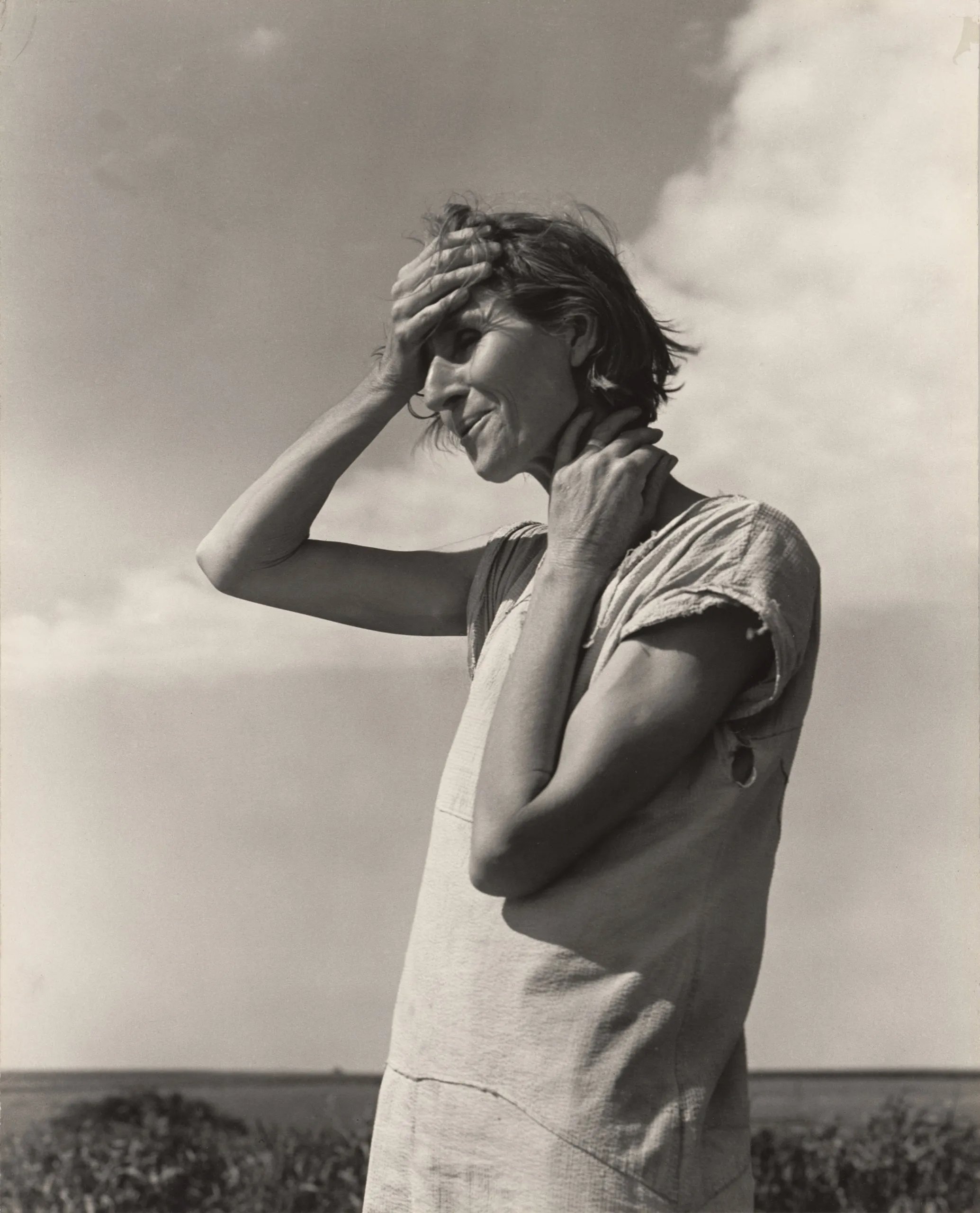











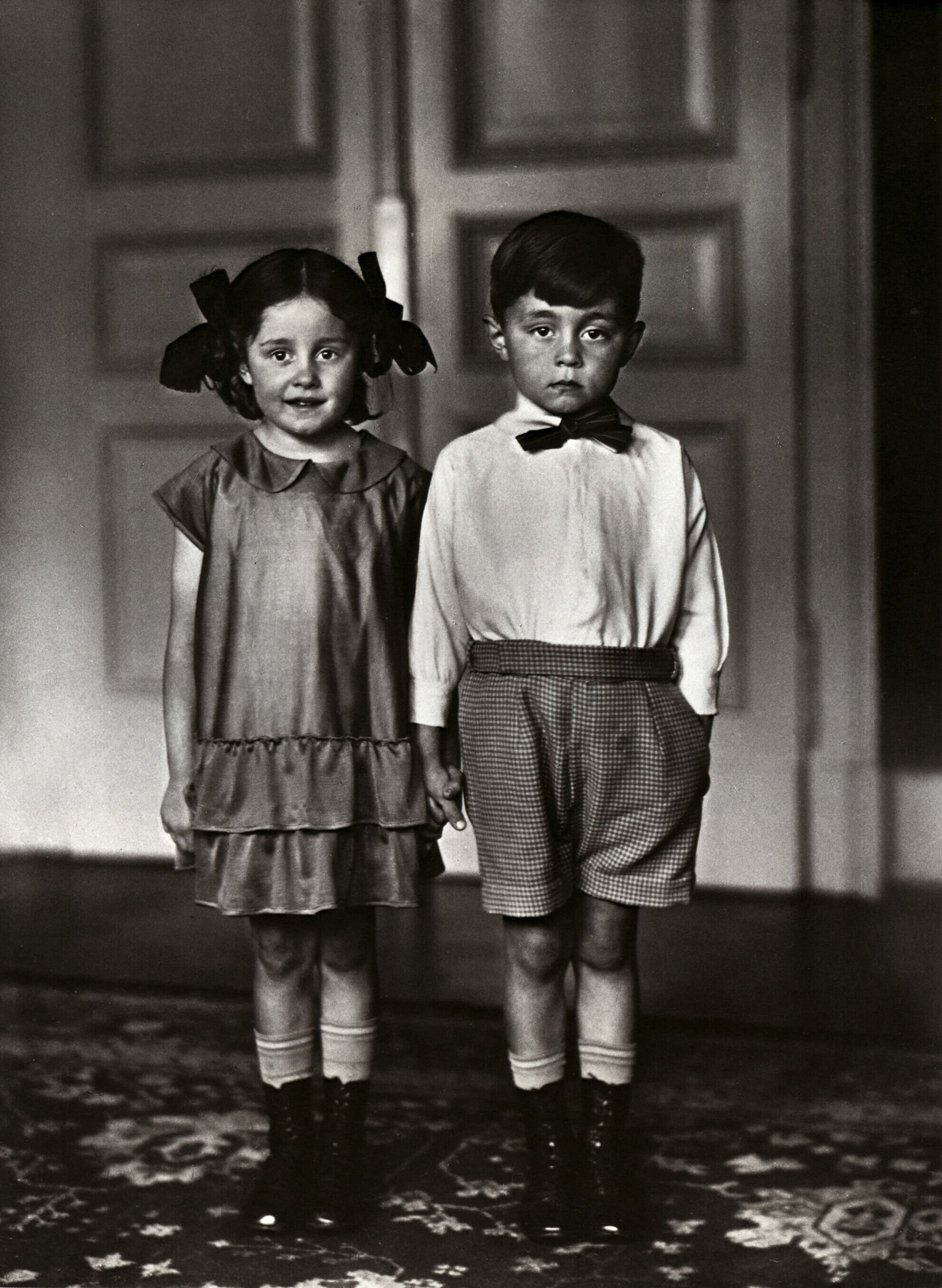





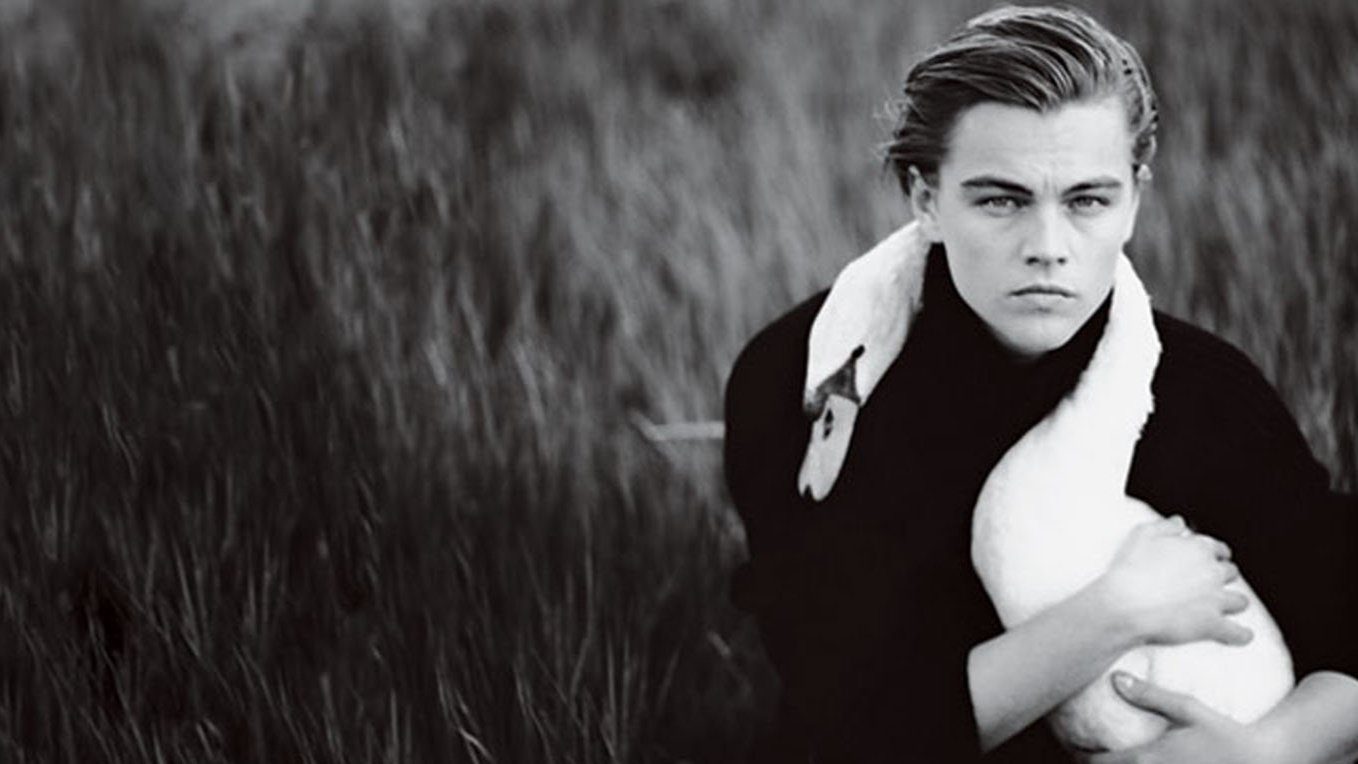
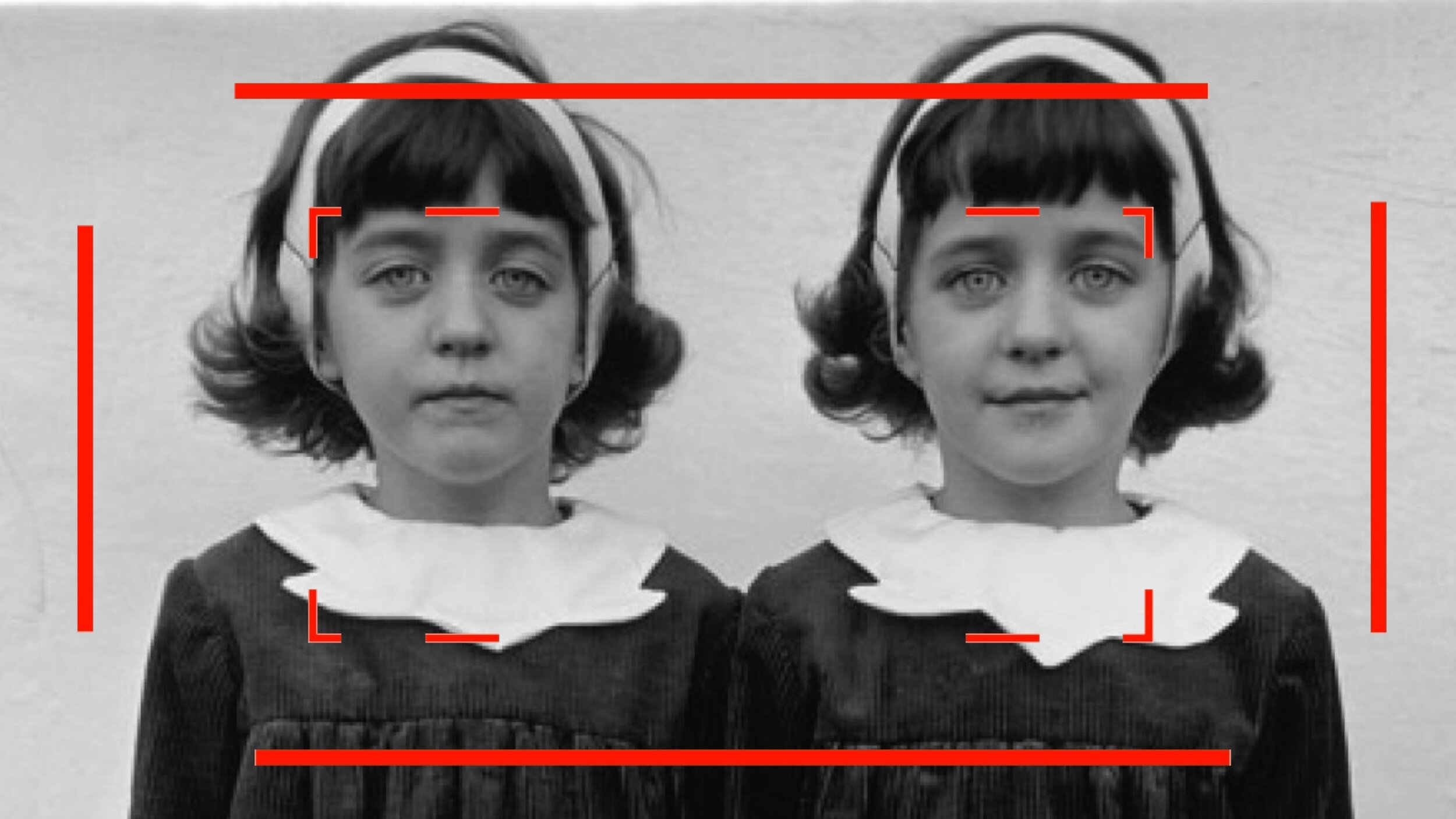

















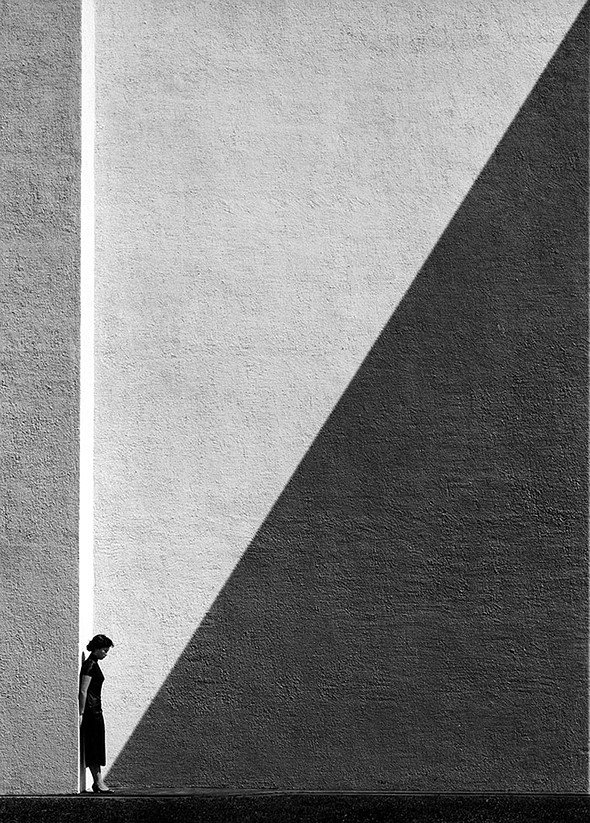
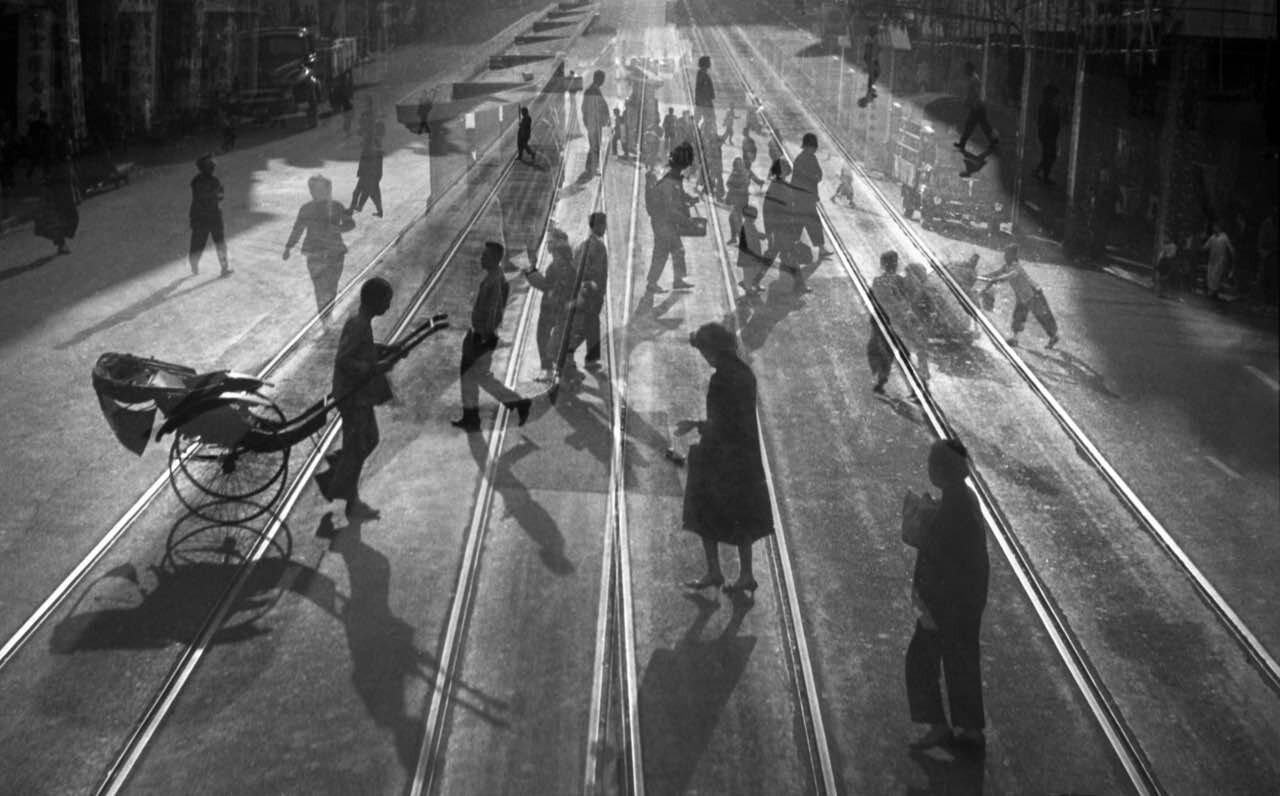
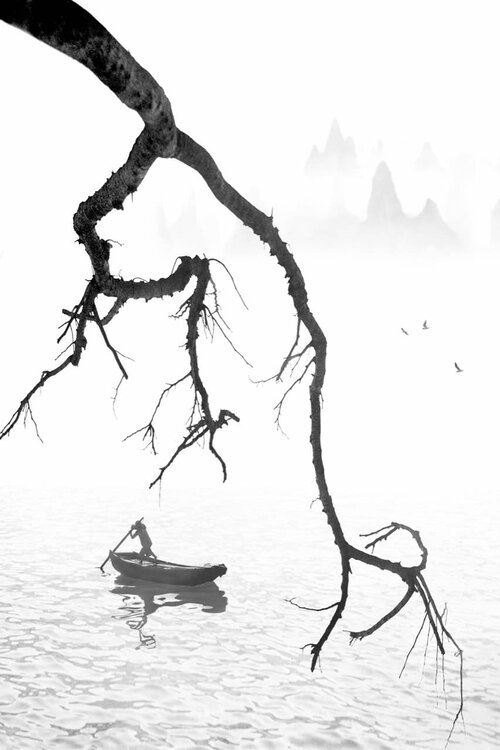
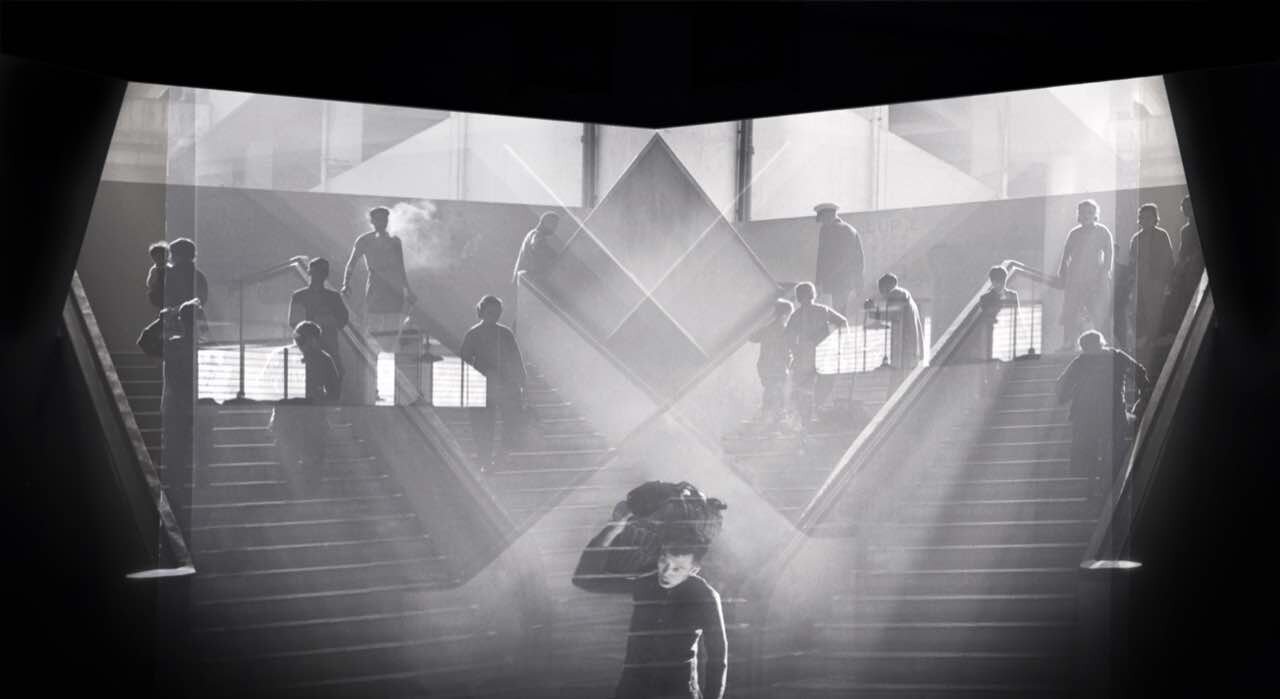
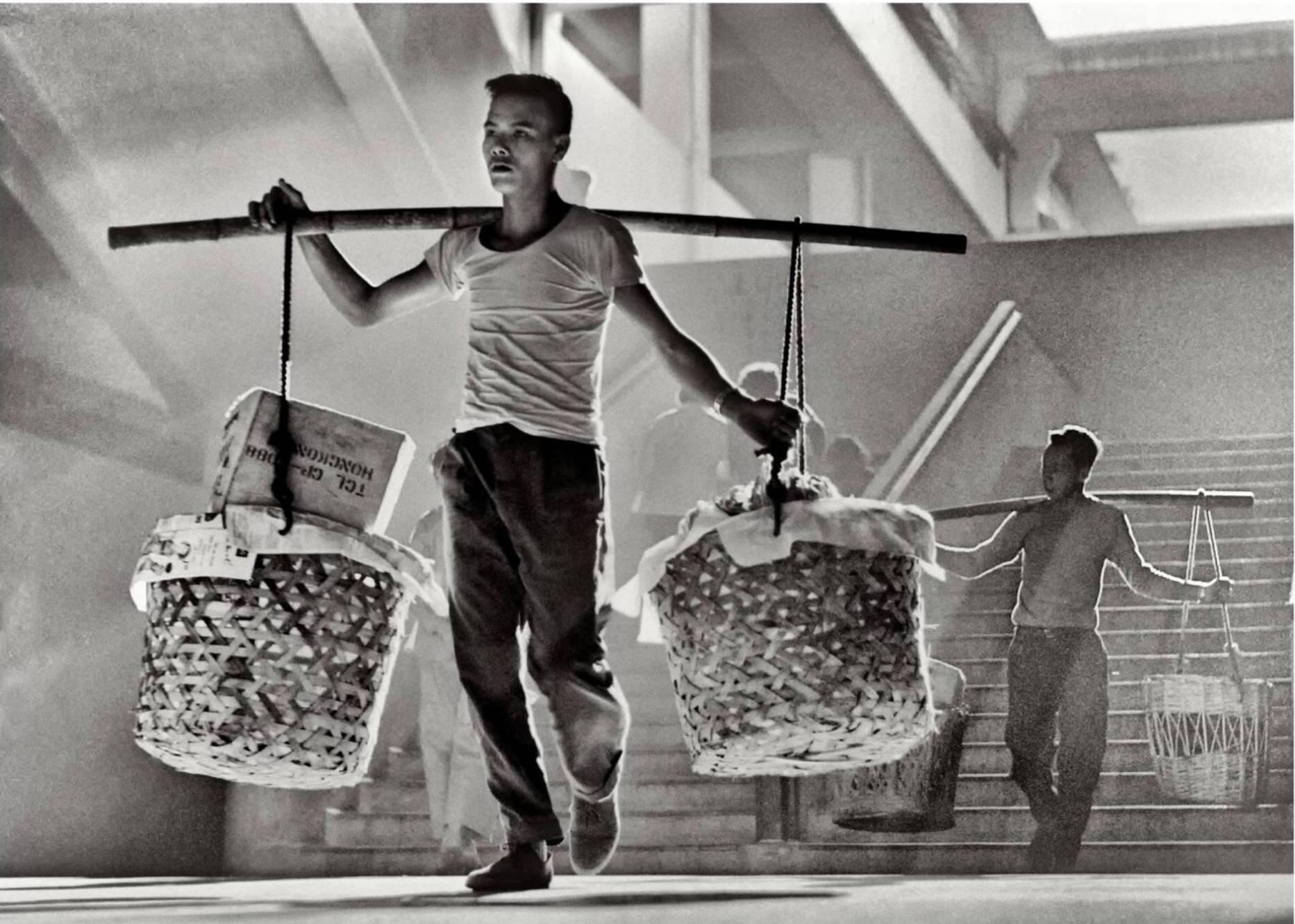
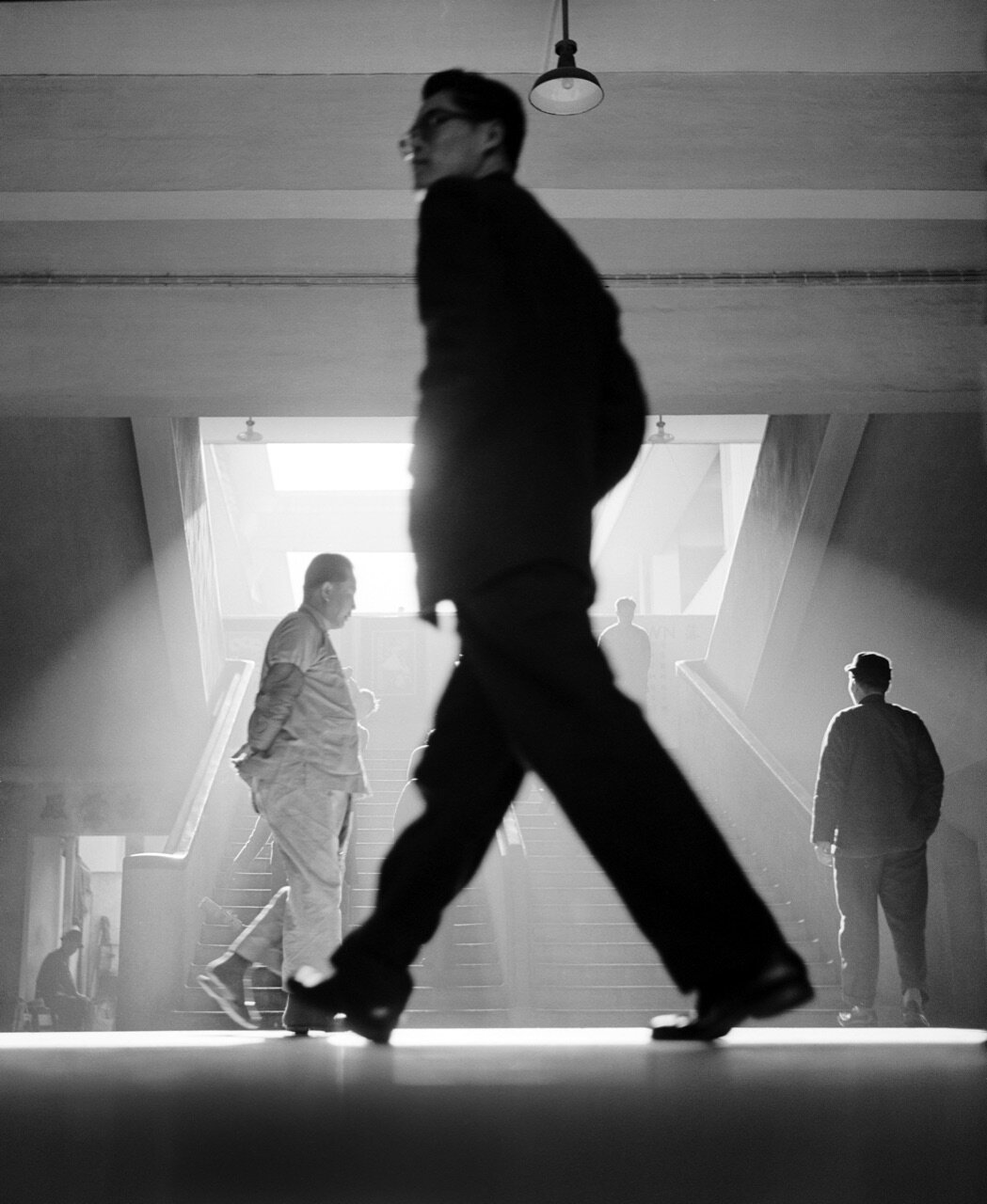




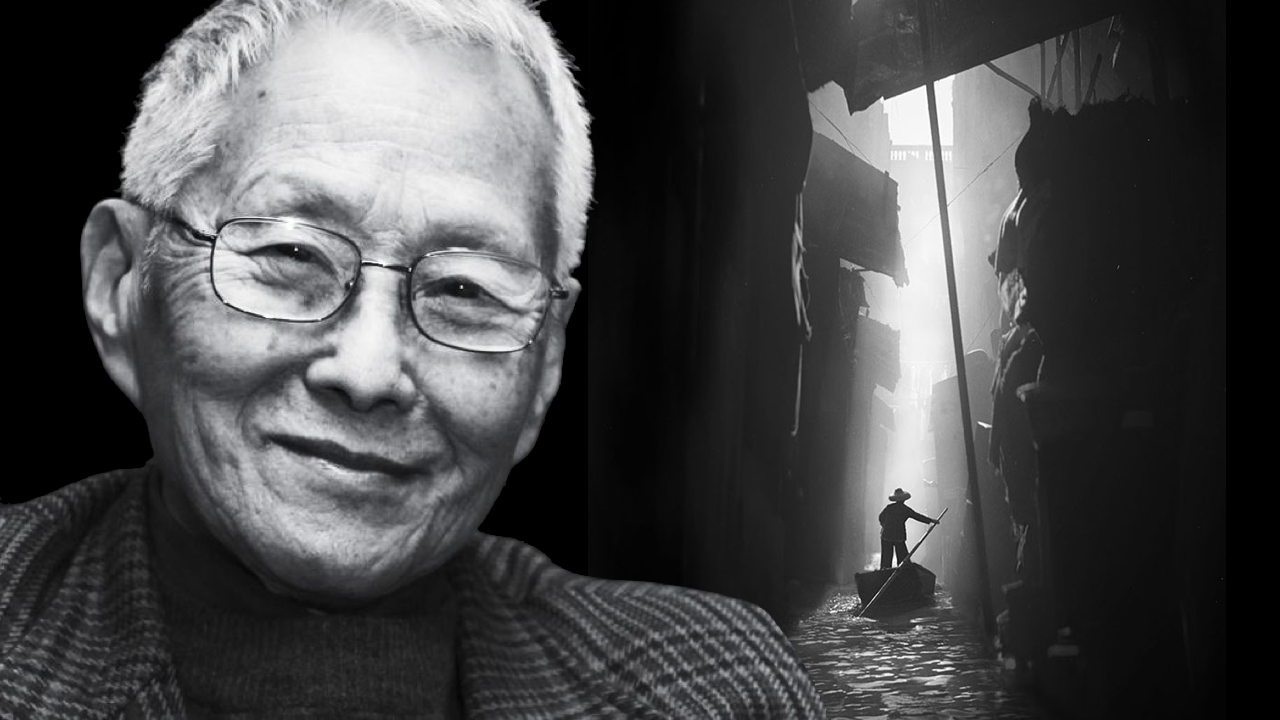





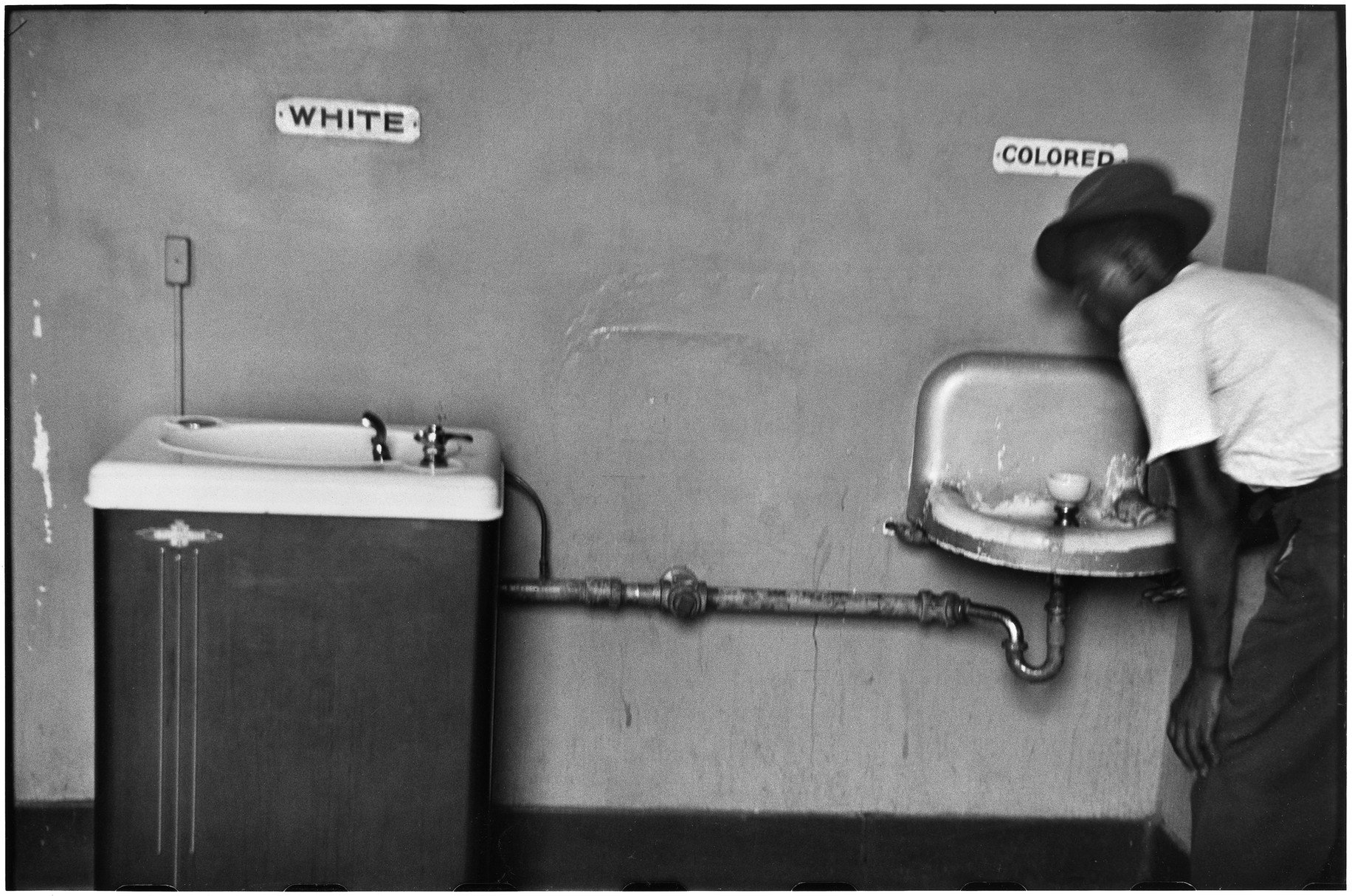



















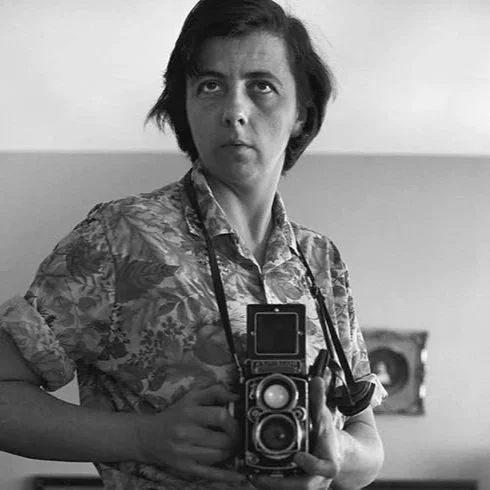
































Did you know that the Migrant Mother which sold for almost 300 thousand USD was almost destroyed when someone from maintenance threw it in the dumpster?